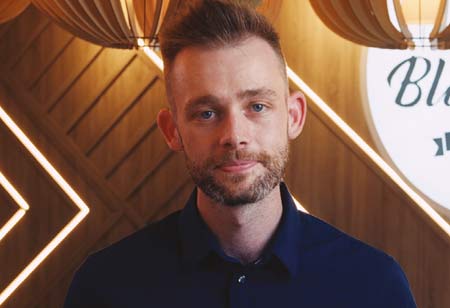The phrase Specialty Coffee is being used quite loosely these days. The definition is as follows; “Association of America (SCAA), coffee which scores 80 points or above on a 100-point scale is graded “specialty.”[1] Specialty coffees are grown in special and ideal climates, and are distinctive because of their full cup taste and little to no defects”
CREDIT “THESPECIALITYCOFFEECOMPANY.COM”
So there is a scoring system, in which any coffee that scores 80 or above is classed as specialty grade coffee. This seems logical and reliable, right? But it isn’t.
Coffee goes through many important steps before you eye it up in the cup in front of you. Three incredibly important steps are harvesting, roasting and brewing. These three processes have an immense impact on the final flavour of the cup.
The score attached to the coffee is awarded before roasting, or brewing, not after. A roastery can buy some of the highest scoring coffee in the world from a producer. That roastery could accidentally burn it, the café then purchases it from the roastery, already burnt. They end up making a mess of the brew. You, my friend, are now the proud owner of a €5 cup of coffee, which tastes like an ashtray.
Coffee goes through many important steps before you eye it up in the cup in front of you
It is easy for roasters and cafés to buy in 80+ coffees and throw a sign in the window. What’s difficult is roasting it correctly, dialling in every morning, weighing every shot of espresso, constantly cleaning your equipment and, generally, just being a great roaster and barista. Remember, that score is the potential that the coffee can reach, which is only made possible if the proper care and attention is given to the beans. A well looked after 79 rated coffee can easily taste better than a neglected 85 rated coffee. So non-speciality can taste better than speciality, which seems extremely counterintuitive.
The term speciality coffee is only relevant to the end consumer if every roaster and barista working in speciality coffee shops around the world have been given the training and resources to allow them help the coffee reach its potential. That is being generous and assuming every barista even given the infrastructure would give the coffee the TLC it needs to do so; it is easy to neglect quality when there is a giant queue in front of you. I know I have been guilty of it once or twice during my time as a barista.
The SCAA score sheet has its benefits: it is essential for green buyers and coffee producers. The scoresheet then turns into a guide for Roasters and coffee shops to use as a menu.
To find a solution, we should look to the food industry’s Michelin Star. As a restaurant, you could buy the best and most expensive ingredients in the world, but that is far from enough to be recognised by the prestigious guide. People are in awe of restaurants that make it on that list, and have instant respect for any business on it. The equivalent of that in the coffee industry would be exciting; it would offer an easy way for tourists and locals to find the most deserving coffee shops in the city, rather than looking for “speciality coffee” which doesn’t guarantee nicely roasted coffee or a well-made brew.
Imagine how nice a Michelin guide would be if we had it for coffee shops. It would give coffee shops something to work towards, improving standards across the board, and it would also be a reliable guide for people to experience the best coffee the world has to offer.



